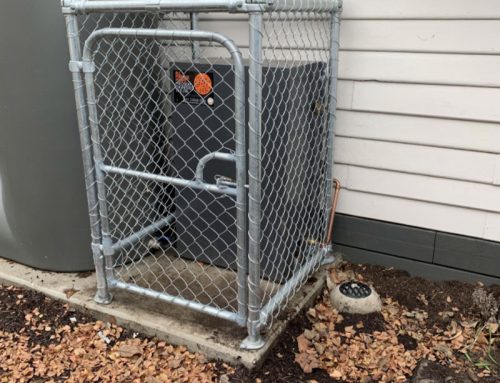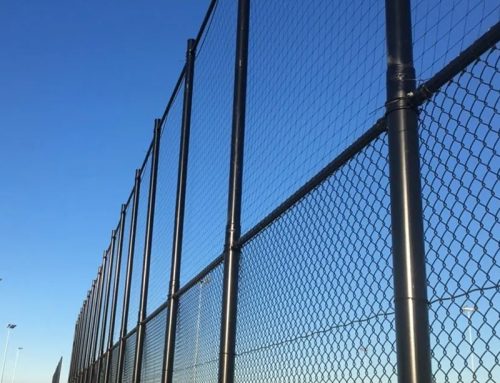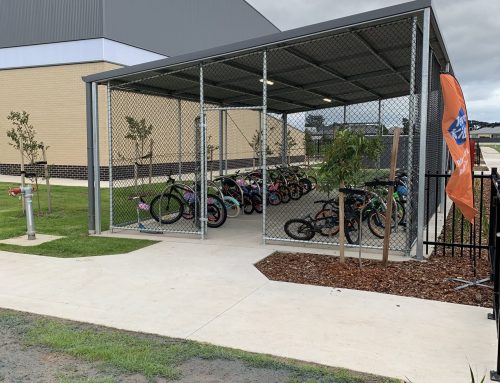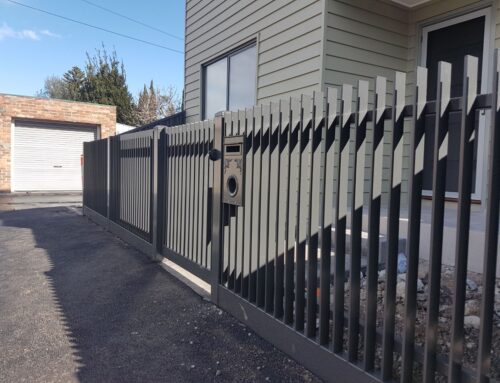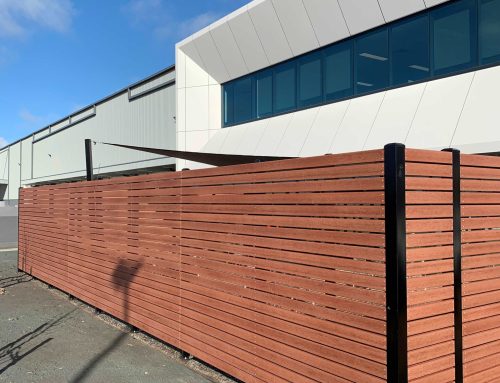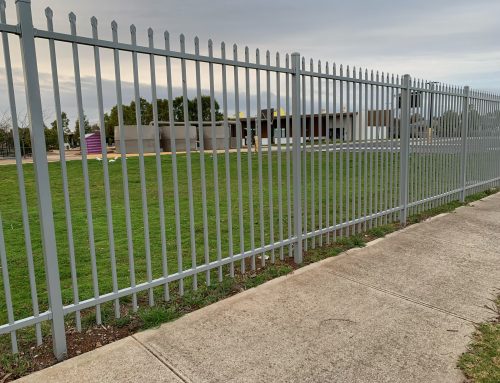In Victoria, swimming pool and spa safety is taken very seriously—and for good reason. Drowning remains one of the leading causes of accidental death in young children, and faulty or non-compliant pool barriers are a key risk factor. For anyone who owns a pool or spa, understanding pool fencing regulations in Victoria is not just about legal compliance, but about protecting lives.
This blog post will focus on the current fencing standards in Victoria, what makes a barrier compliant, the importance of proper gate mechanisms, and what steps you should take to avoid costly fines—and more importantly, accidents.
Pool Registration and Legal Obligations
All landowners in Victoria are legally required to register any pool or spa on their property with their local council, regardless of whether children live at the home. This applies to all types of pools and spas—permanent, in-ground, above-ground, relocatable and inflatable. The laws apply to swimming pools and spas that are capable of holding more than 30cm of water. After registering, pool owners must obtain a barrier compliance certificate from a registered pool inspector and submit it to the council.
Any pool or spa capable of holding more than 30 cm of water must have a compliant safety barrier installed.
The safety barrier must then be inspected and recertified every four years to ensure ongoing compliance. Failure to register or maintain a compliant barrier can result in fines or enforcement action.
What Makes a Pool Barrier Compliant?
Your pool fencing must meet the standards outlined in the Building Regulations 2018 (Vic) and AS 1926.1–2012. In most cases, a compliant barrier must be at least 1.2 metres high, with gaps of no more than 100mm between vertical bars and under the bottom rail (WVPI). Horizontal climbable elements must be spaced in such a way that children can’t use them to scale the fence. Importantly, trees, chairs, BBQs or garden beds near the fence can invalidate compliance if they create a “climbable zone.” For boundary fences acting as barriers, the minimum height is typically 1.8 metres, with a 900mm non-climbable zone on the pool side. It’s essential to assess both the fence construction and its surroundings to ensure nothing compromises its safety.
Gates and Latch Requirements
One of the most common reasons for failed pool barrier inspections is non-compliant gates. All pool gates in Victoria must be self-closing and self-latching, and they must swing away from the pool area. Latches mounted on the outside of the gate must be installed at least 1.5 metres above ground level to prevent access by small children. If the latch is located inside the gate (in a shielded position), it must be at least 1.2 metres above ground, with a clear opening space of no more than 10mm to reach through (SPASA). It’s also important to check that gates return to the closed and latched position automatically every time—they must not be propped open, even temporarily.
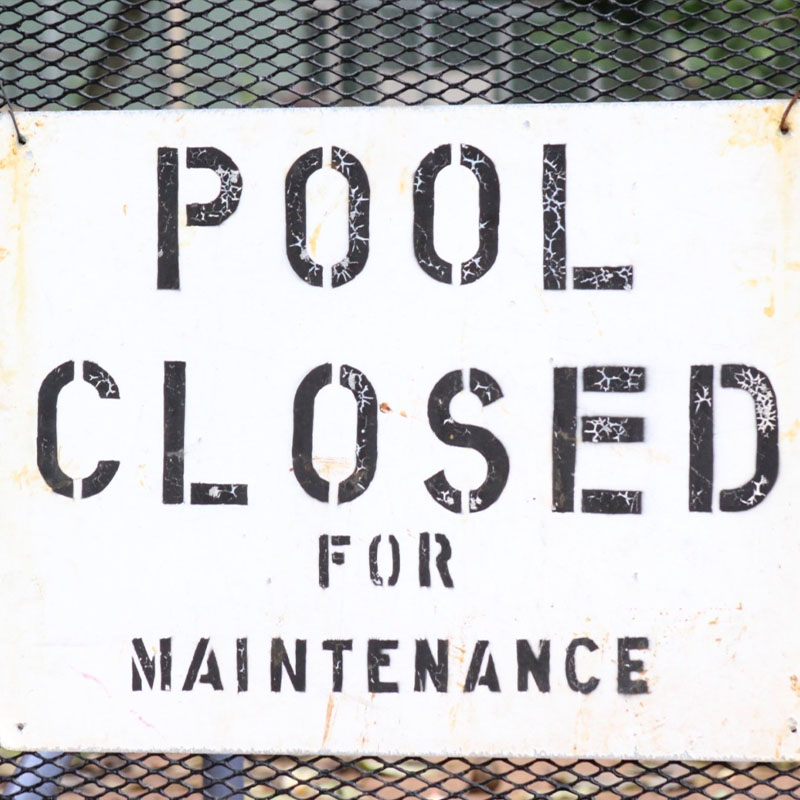
Inspections, Penalties and Maintenance
Once your pool is registered, you’re required to have your safety barrier inspected and certified every four years by a qualified inspector. After receiving the certificate, it must be submitted to your local council within 30 days, or you could face penalties (VBA). Inspections focus on more than just height—they also assess structural integrity, gate function, latch location, and whether any objects near the fence create a safety risk. You’re also responsible for maintaining your pool barrier all year round. A fence that was once compliant can become unsafe due to weather damage, rust, or overgrown garden elements. Regularly inspecting your barrier yourself can help you catch small issues before they become larger—and more costly—problems.
Why Compliance Matters More Than Ever
Beyond avoiding fines, complying with pool fencing regulations in Victoria plays a vital role in preventing accidents. In recent years, several tragic incidents have occurred in backyard pools where fencing was non-compliant or gates were left open. According to Kidsafe Victoria, most drownings occur when children gain unsupervised access to pools—and in many cases, a compliant barrier could have prevented the incident (Kidsafe VIC). By taking steps now—registering your pool, reviewing your fencing, and booking regular inspections—you’re not only protecting yourself from legal trouble, but also making your home a safer place.
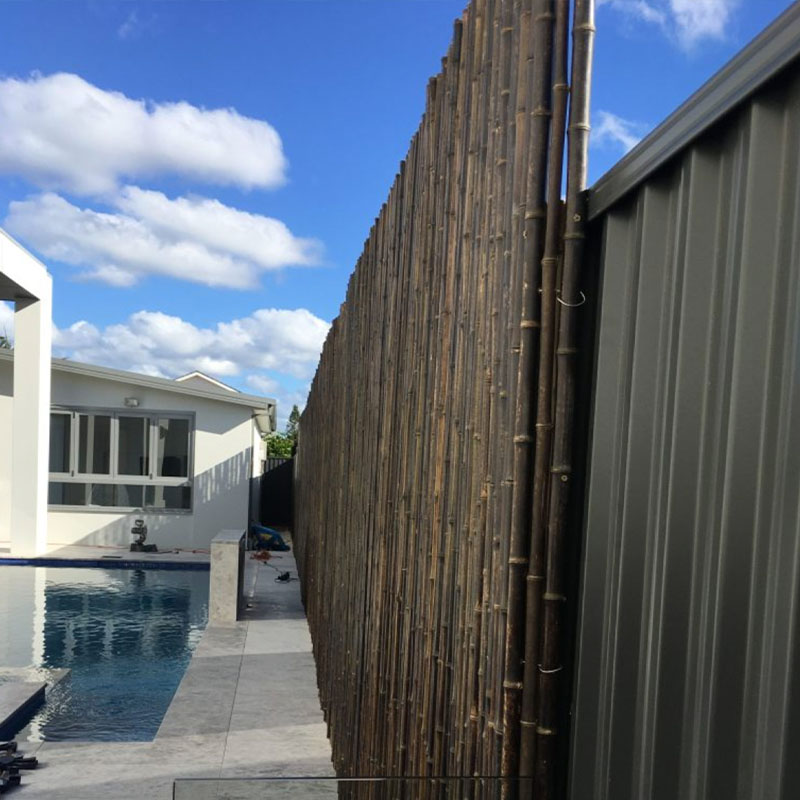
Looking for Pool Fencing in Melbourne? Ask Diamond Fence!
If you are interested in exploring the steel fencing options provided by Diamond Fence in Melbourne and Greater Victoria, we encourage you to reach out to us today!
You can contact us by either sending an email to info@diamondfence.com.au or by placing a phone call to our dedicated line at (03) 9753 4566.
For your convenience, we have also an online enquiry form that offers an efficient means of communicating with us. This form allows you to submit any inquiries or concerns you may have.
We eagerly await the opportunity to assist you further and provide the necessary details regarding your steel fencing enquiry.

